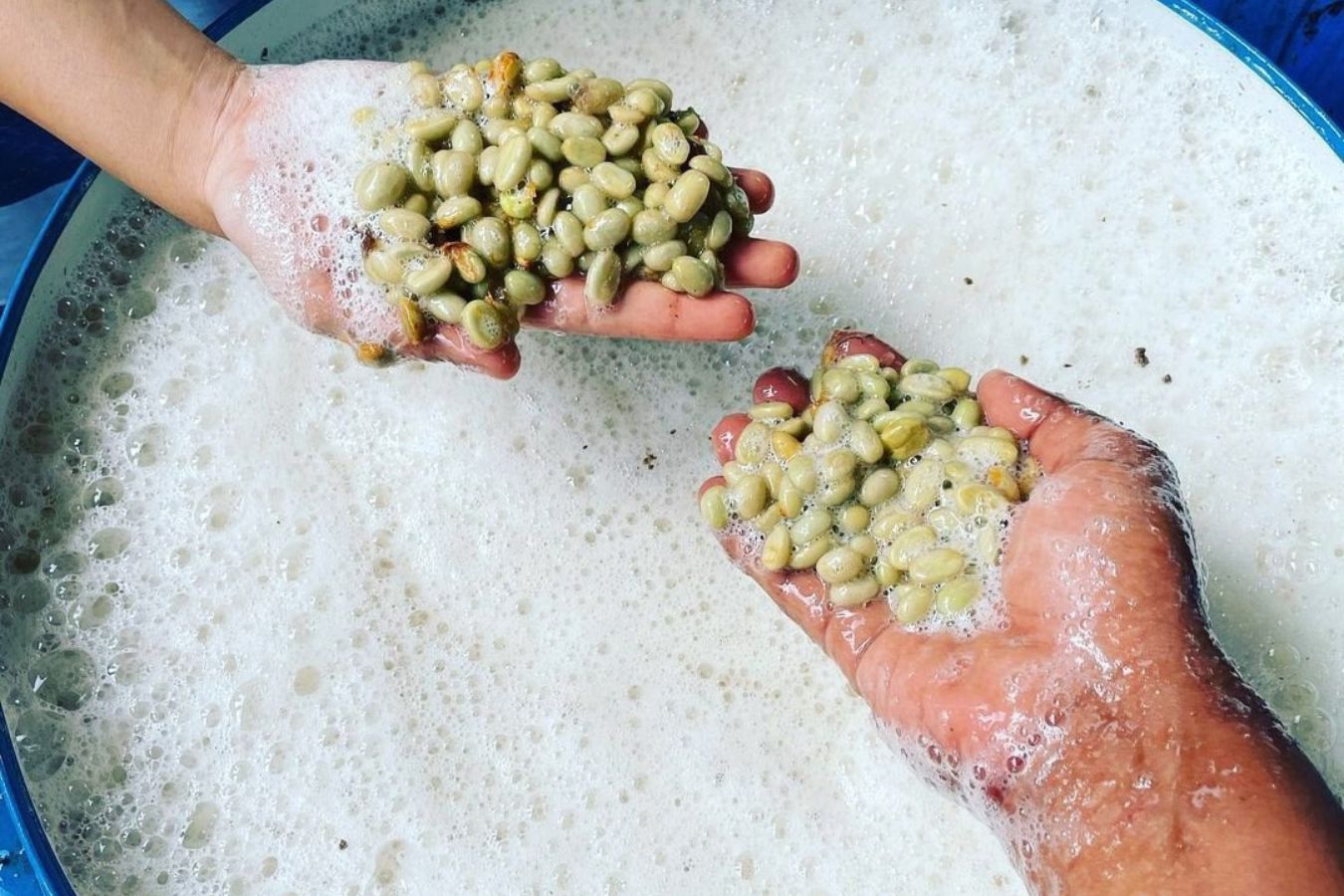Discover the Art of Fermenting Soy at Home
Have you ever wondered how to ferment soy at home? Fermenting soybeans is a traditional method that has been used for centuries to create delicious and nutritious foods. Not only does fermentation enhance the flavor of soybeans, but it also increases their nutritional value by making the nutrients more readily available to the body. In this guide, we’ll explore the process of fermenting soy at home and how you can incorporate this ancient technique into your modern culinary repertoire.
Benefits of Fermented Soy
Fermented soy products, such as tempeh, miso, and soy sauce, are not only delicious but also offer a range of health benefits. The fermentation process breaks down the complex proteins and carbohydrates in soybeans, making them easier to digest. Additionally, fermented soy products are rich in probiotics, which are beneficial for gut health. By fermenting soy at home, you can enjoy these health benefits while creating flavorful and versatile ingredients for your cooking.
Steps to Ferment Soy at Home
Here’s a simple guide to fermenting soybeans at home:
- Start with high-quality soybeans: Look for organic, non-GMO soybeans for the best results.
- Soak the soybeans: Begin by soaking the soybeans in water for at least 8 hours or overnight. This helps to soften the beans and kickstart the fermentation process.
- Cook the soybeans: After soaking, cook the soybeans until they are tender but still firm. This usually takes about 1-2 hours, depending on the method of cooking.
- Inoculate the soybeans: Once the soybeans are cooked and cooled, add a starter culture or a small amount of a previously fermented soy product to kickstart the fermentation process. This can be a store-bought tempeh starter, miso paste, or a small amount of unpasteurized soy sauce.
- Ferment the soybeans: Place the inoculated soybeans in a clean, airtight container and allow them to ferment at a warm temperature for 24-48 hours. During this time, the beans will develop a white, fuzzy mycelium, indicating that the fermentation is taking place.
- Enjoy the fermented soy: Once the soybeans are fully fermented, you can use them to make tempeh, miso, or simply enjoy them as a flavorful addition to your meals.
Experimenting with Fermented Soy
Once you’ve mastered the basic process of fermenting soybeans, you can get creative and experiment with different flavors and textures. Try adding herbs, spices, or other ingredients to customize your fermented soy creations. You can also explore different fermentation times and temperatures to achieve the flavor profile that suits your palate.
Whether you’re a seasoned fermenting enthusiast or a newcomer to the world of fermentation, exploring the art of fermenting soy at home can open up a world of culinary possibilities. From tangy miso soups to hearty tempeh stir-fries, fermented soy products can elevate your cooking and nourish your body. So why not give it a try and unlock the delicious potential of fermented soy in your own kitchen?
Now that you’ve learned the basics of fermenting soy at home, it’s time to roll up your sleeves and embark on your fermentation journey. With a bit of patience and experimentation, you’ll be able to enjoy the rich flavors and health benefits of homemade fermented soy products.
For those keen on fermenting soy at home, there are plenty of exciting recipes to explore. Start with Miso Soup with Tofu and Seaweed, a comforting classic that showcases the depth of flavors from homemade miso. For a hearty meal, try Tempeh Reuben Sandwich, which pairs the tangy fermented tempeh with savory ingredients for a satisfying bite. If you're in the mood for something elegant, the Miso-Marinated Black Cod offers a delicate balance of umami and sweetness. For a quick and nutritious option, the Tempeh Stir-Fry with Vegetables is perfect, blending crispy tempeh with vibrant veggies. Lastly, don't miss out on Spicy Tempeh Sushi Rolls for a fun twist on traditional sushi, bringing a spicy kick to your homemade fermented soy creations.
Was this page helpful?
Read Next: How To Ferment Eggs










